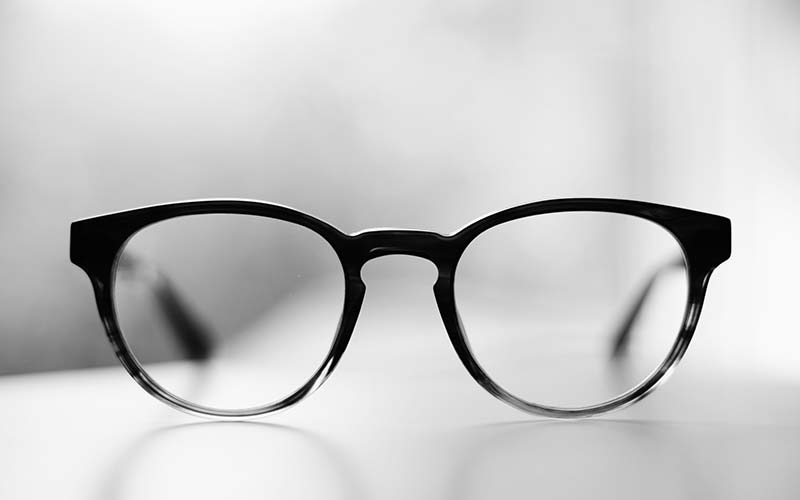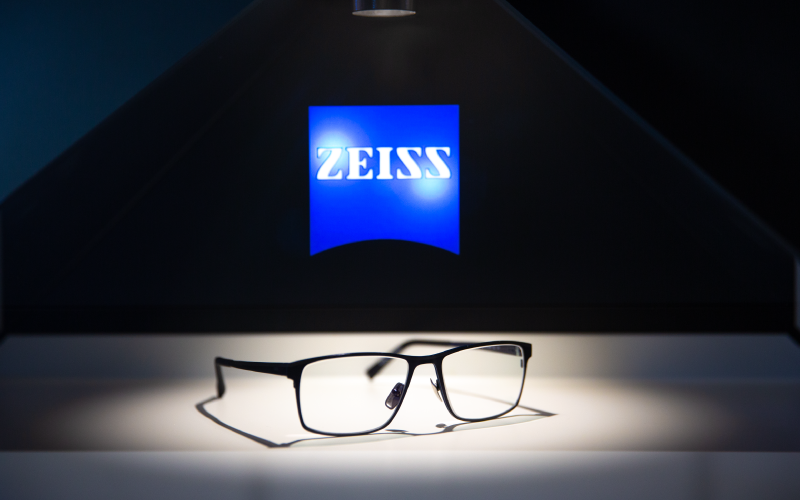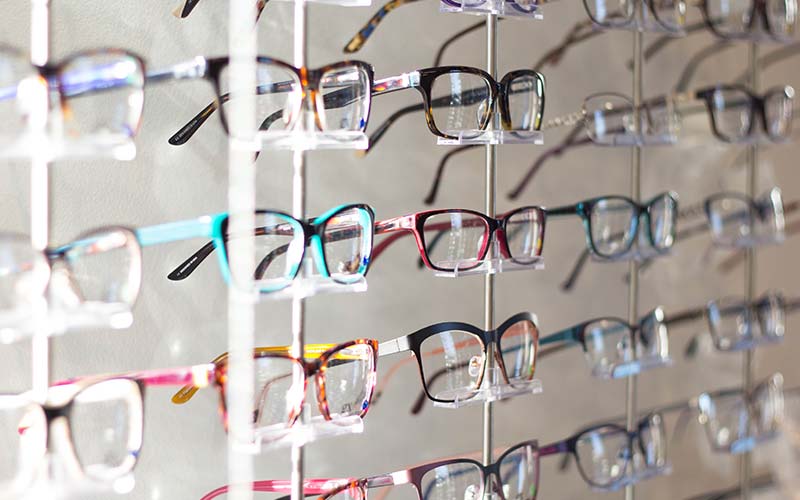Plastic Lenses
What are plastic lenses?
For hundreds of years, spectacle lenses have been ground from glass. While glass has remarkably good optical qualities, it’s heavy and breakable. Which is why plastic lenses were developed. The advantage: plastic lenses are much lighter and less breakable than glass lenses.
How are they made?
Commonly, plastic lenses are made from a hard resin that is cast or molded in the wet state into lens blanks. Then these plastic blanks can be shaped to fit any lens frame. The most common plastic lens material is called CR-39®.
High-index Lenses
What are high-index lenses?
High-index lenses are advanced plastic lenses that are thinner than conventional plastic or glass lenses.
High-index refers to the lens materials index of refraction. A lens material’s index of refraction describes the degree to which it refracts light. A high-index material has an index of refraction above conventional plastic (1.499).
The higher index of refraction enables the material to bend light to a greater degree. This results in a thinner lens because less curvature is needed for a given power. In addition, high-index lenses are generally lighter than plastic because they require less material to produce the lens. In simple terms, this means that a high power can be captured in an ultra-thin lens that’s very light and attractive.
Are high-index lenses just for people with high prescriptions?
Not at all. If you have a low or moderate prescription, you can enjoy the increased comfort and cosmetic benefits that thin, lightweight lenses provide.
Polycarbonate Lenses
What are polycarbonate lenses?
Polycarbonate lenses are incredibly impact-resistant-as much as 10 times more impact-resistant than regular glass or plastic lenses.*
What’s impact resistance? Is this important??
If you’ve ever had your glasses shattered by a foul ball on the baseball field or crushed an expensive pair of glasses on a camping trip, you’ll never again ask that question. Active lifestyles today call for the most durable lens materials available. From rambunctious children to active teens and adults, impact-resistant lenses are a big plus.
*Impact resistant does not mean impact proof. Any lens can break with enough force.
Who needs polycarbonate?
Polycarbonate lenses are perfect for children, as well as for sports-involved teens or adults with active lifestyles. Also, some manufacturing occupations may demand impact resistance as a safety feature.
Are there other advantages?
Yes. Polycarbonate lenses are also thinner and lighter than conventional plastic or glass lenses.
Photochromic Lenses
What are photochromic lenses?
Photochromic lenses have an adjustable tint that changes with the amount of available light. In bright sunlight, they darken; indoors, they become clearer.
Is that better for my eyes?
In some ways, yes. As photochromic lenses darken they reduce glare that can contribute to eye strain.
Aren’t photochromic lenses heavy?
Not anymore. For years, photochromic lenses have been made of glass. However, in recent years, plastic photochromic lenses have been developed.








